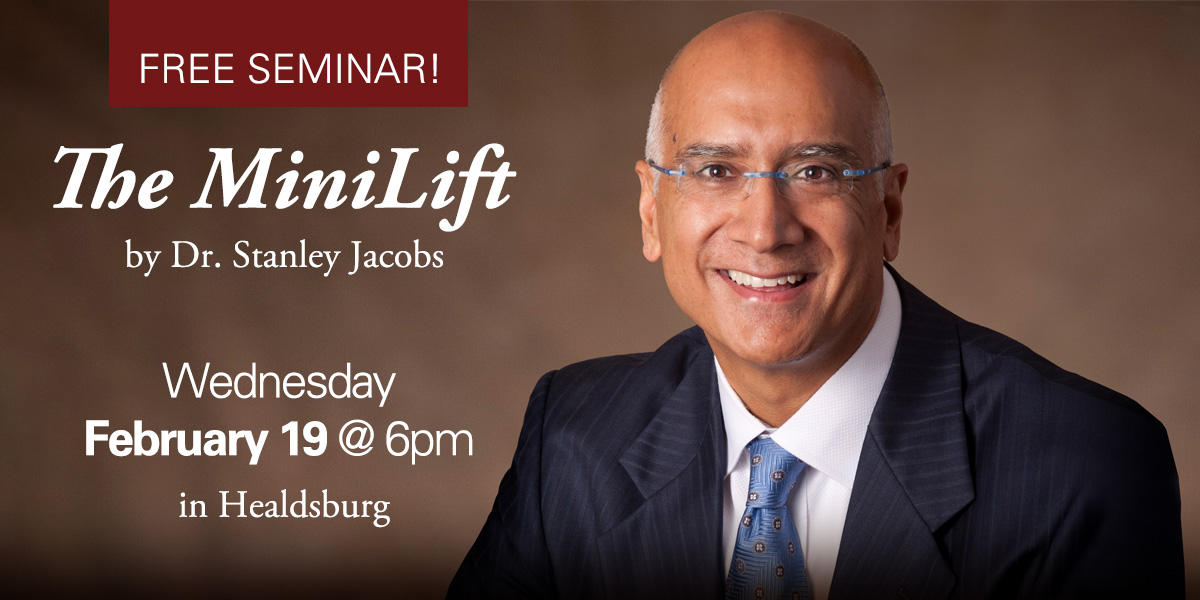Though a lower-lid blepharoplasty is intended to improve the look of the area beneath the eye by eliminating sagging tissue and removing or redistributing fat that has fallen, the procedure has historically caused a new problem known as ectropion an estimated 30 percent of the time. This condition involves the lower eyelid turning outward and away from the eye. Since the upper and lower lids blinking together is what distributes fluid around the eye and keeps the surface uniformly moist, a gap in that system can lead to uneven lubrication. This may cause the eye to feel dry and irritated, and it can also lead to excess tear production.
Not satisfied with this generally accepted (but rarely mentioned) possible outcome of lower-lid blepharoplasty, San Francisco triple board certified facial cosmetic surgeon Dr. Stanley Jacobs began using a refined technique to prevent ectropion from developing in his patients. The technique involves tightening a small tendon, but it has big results.
Dr. Jacobs likes to describe the canthal tendon as a belt holding up a pair of pants that would start to slip down without support from above. A lower-lid blepharoplasty can weaken or relax the canthal tendon, which leads to the slippage. Precisely placed stitches tighten the tendon again, making the technique suitable for not just preventing ectropion in Dr. Jacobs’ blepharoplasty patients, but for repairing it in men and women who developed the condition from surgeries performed by other doctors.
Dr. Jacobs has published on this topic in the Archives of Facial Plastic Surgery, as he is a leading voice and advocate of the canthopexy technique to maximize consistently ideal lower-lid blepharoplasty results.
Call Dr. Stanley Jacobs’ Healdsburg office at (707) 473-0220 or his San Francisco office at (415) 433-0303 to learn more about ectropion, canthopexy, and what a lower-lid blepharoplasty done well could do for you today.


